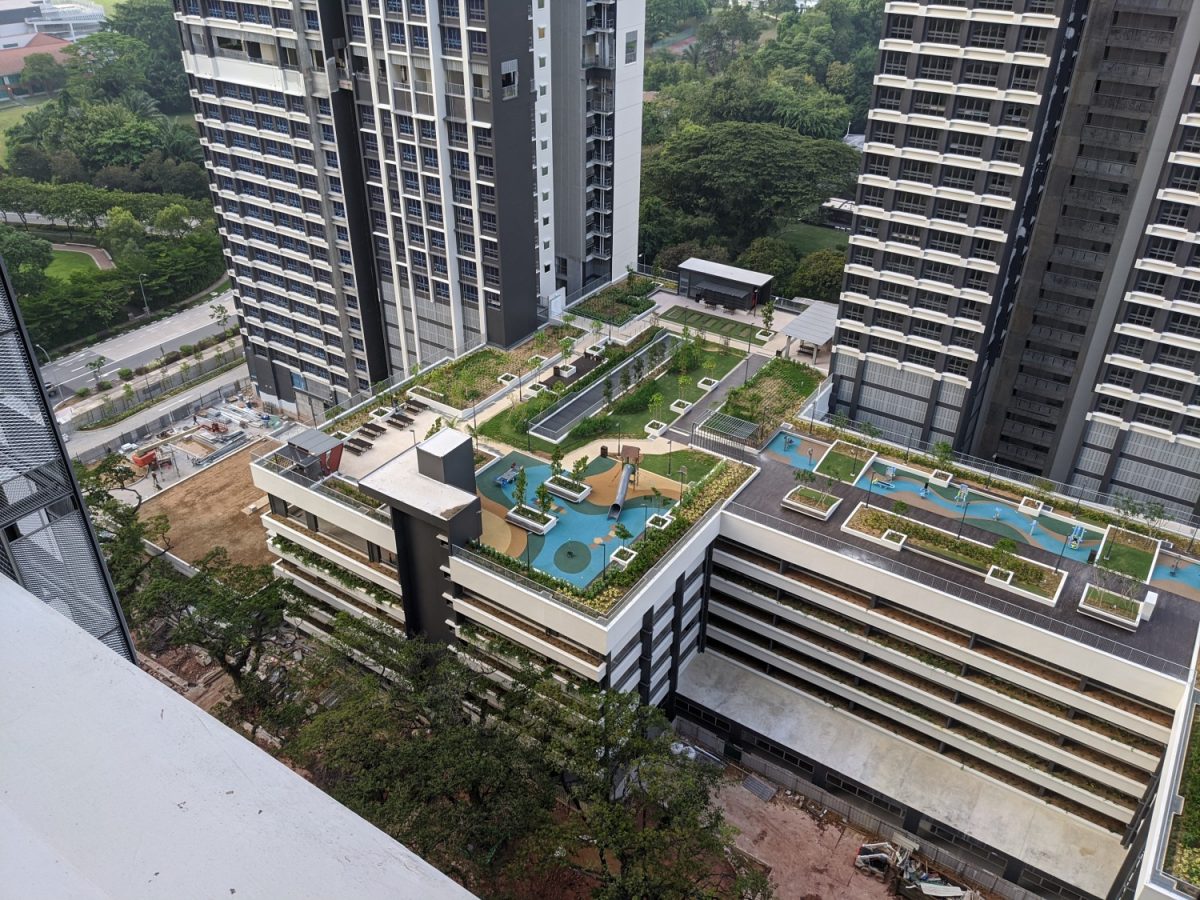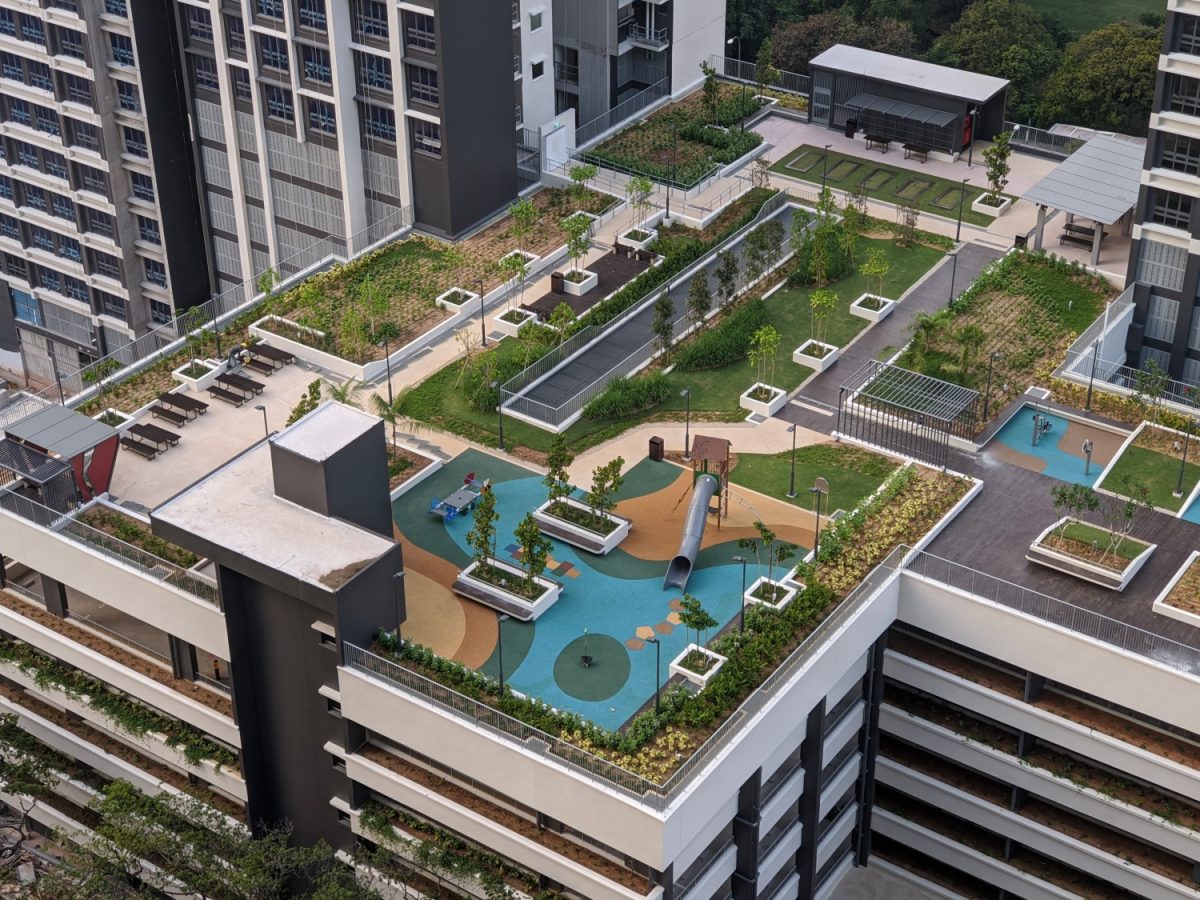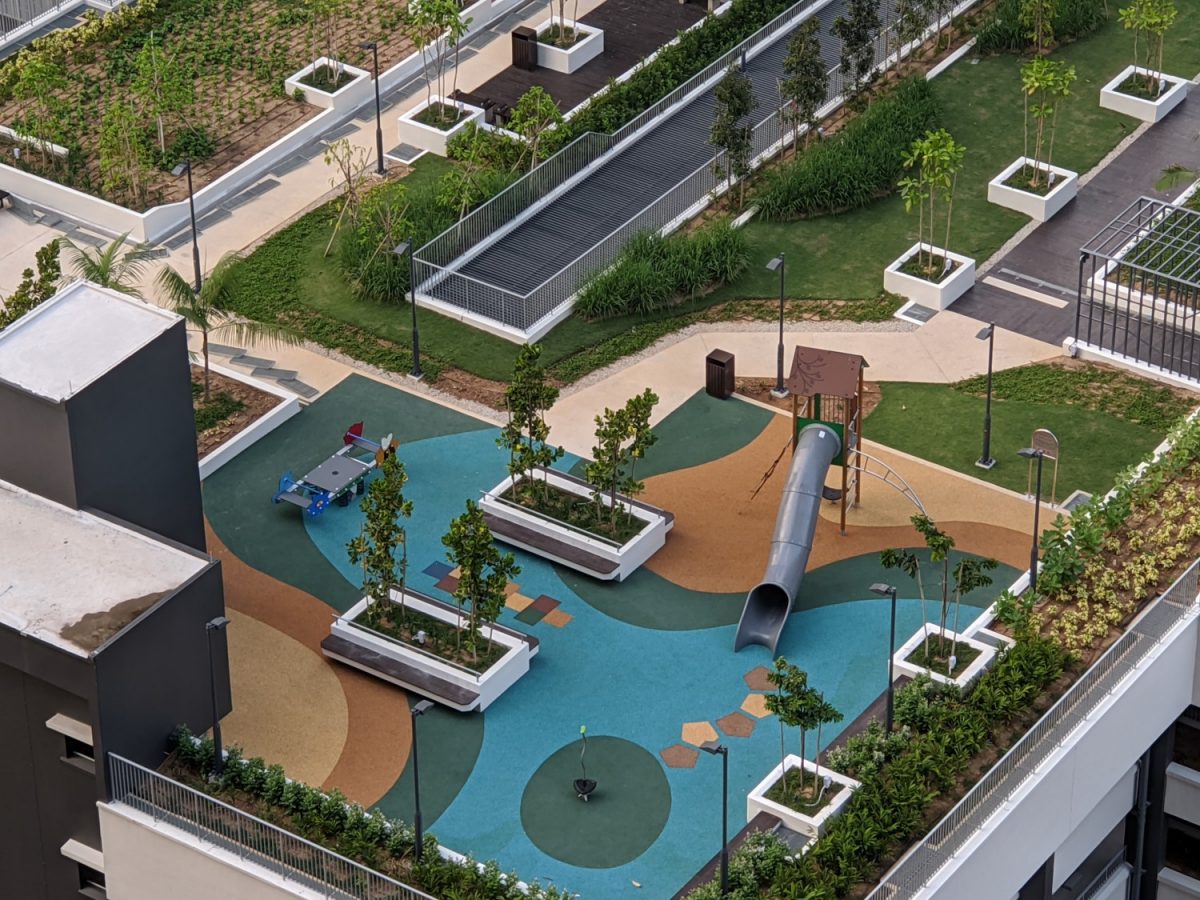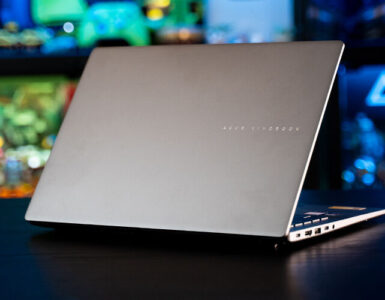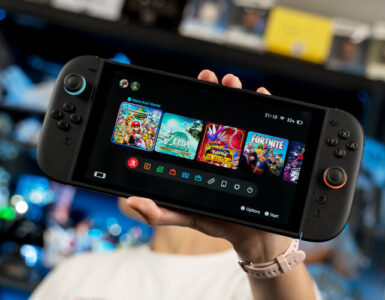A year ago, the Google Pixel was a strong contender in the Android smartphone category, holding its own against Samsung and Huawei, and even gave the iPhone a run for its money.
The Pixel 3 and Pixel 3a were awesome devices and after seeing much success in this year’s flagship devices, from the Galaxy S10 to the iPhone 11, all eyes were on the Google Pixel 4 to carry on with the torch burning oh so brightly..
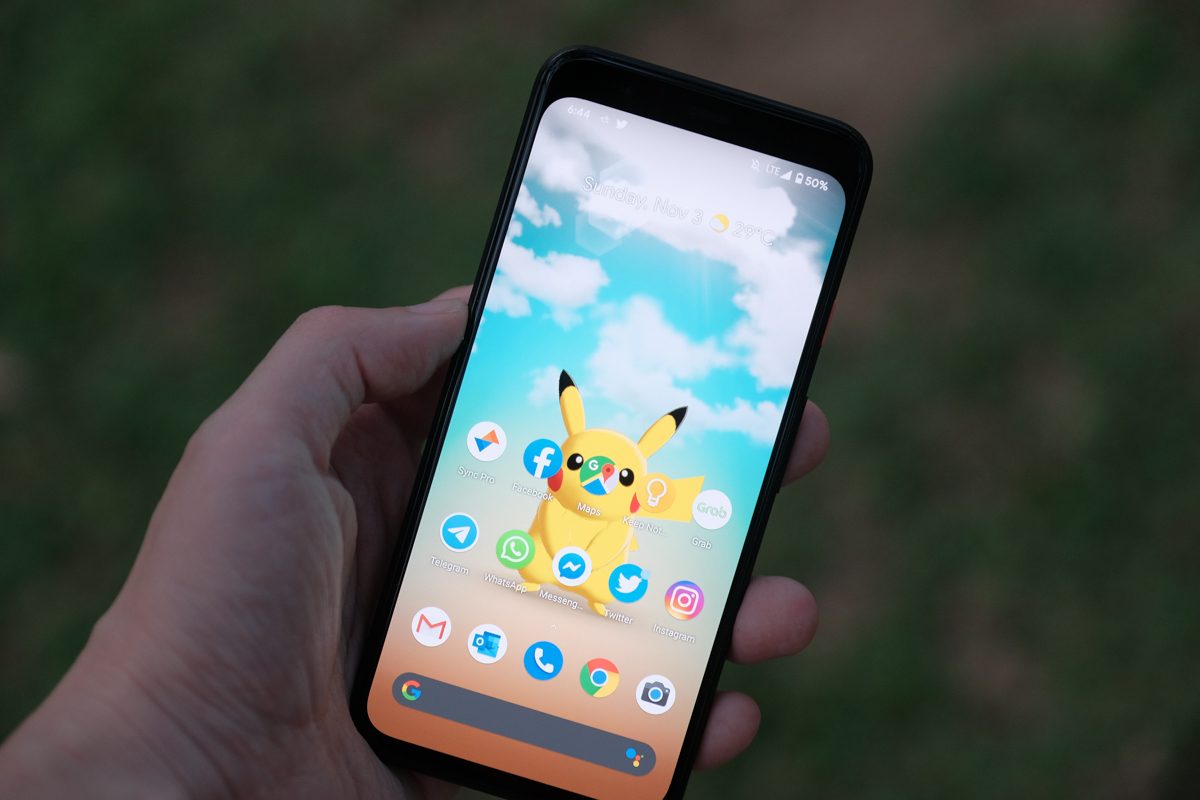
Instead, the Pixel 4 is burning up spectacularly as a case study of how to drop the ball.
For the most part, the Google Pixel 4 has checked off the requisite boxes in what defines a smartphone, but are these the boxes they should be looking to check off in the first place?
Having used the Google Pixel 3 for a whole year, there was certainly a good level of expectation when receiving the new Pixel 4.
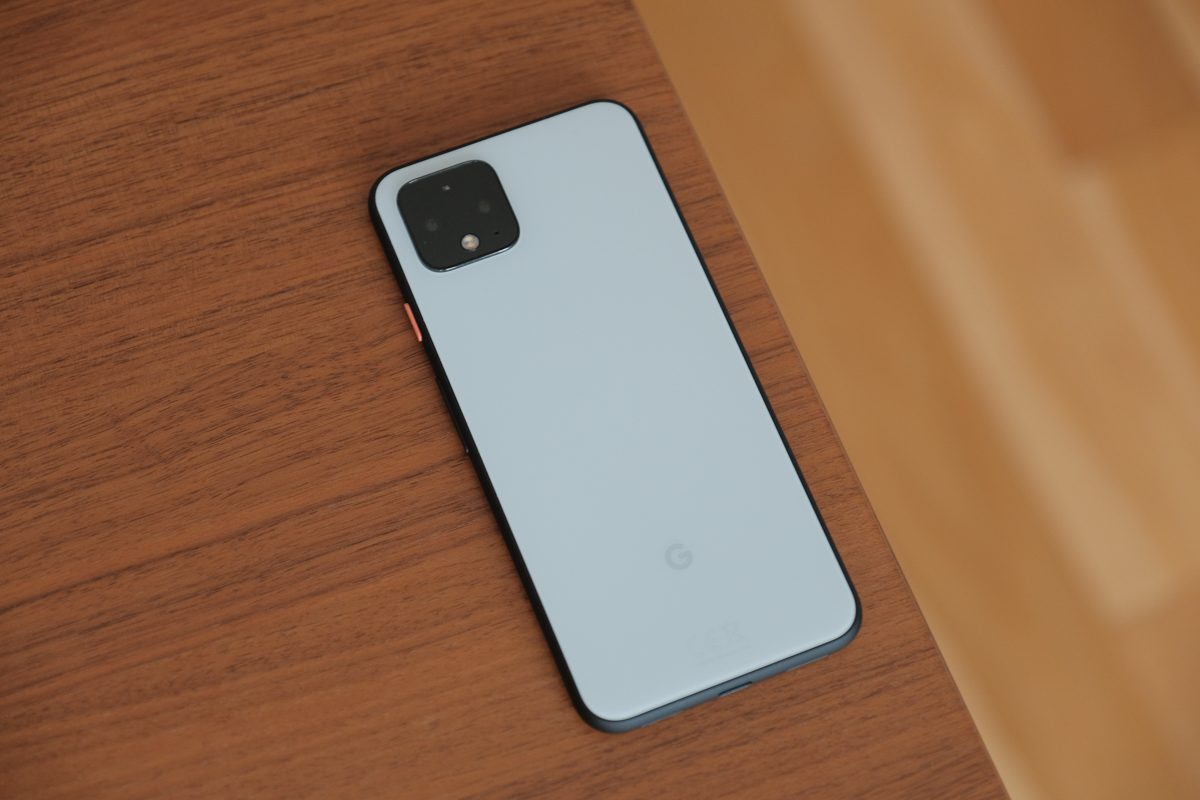
But after a month, it’s painfully obvious that all is not quite right with Google and their Pixel 4. The phone itself remains a solid entry but not in the face of increased competition across the board.
From a weak battery, an underperforming display, withdrawal of Google’s own storage services to a camera that doesn’t raise the bar, the Pixel 4 is the very definition of incremental upgrade.
Packing a Qualcomm Snapdragon 855, 6 GB LPDDR4x of RAM, 5.7″ FHD+ 444 ppi 90hz OLED display, the Pixel 4 is definitely an upgrade over the Pixel 3 with the exception of its battery. Surprisingly for 2019, the Pixel 4 actually has a small battery capacity at 2800 mAh which is a concern for some.
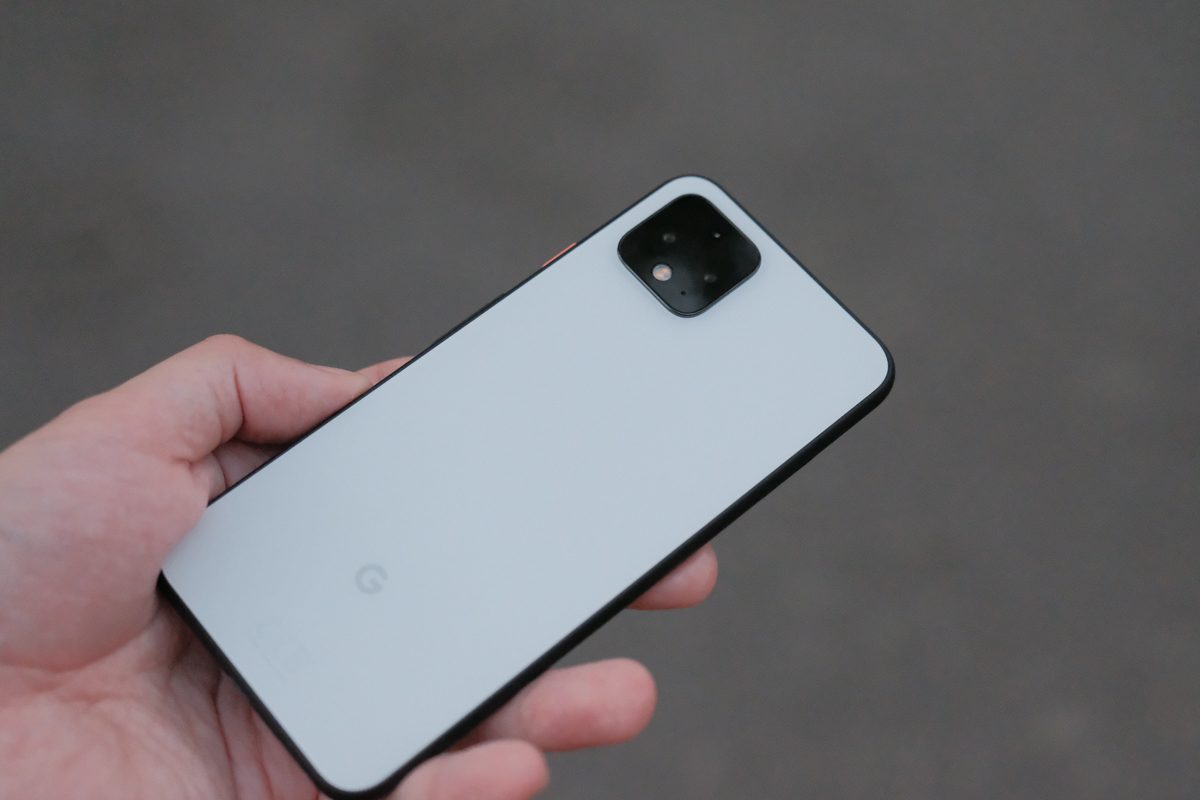
The Pixel 4 has two variants with the White and Orange models having a matte glass panel at the back. As for the Black, the back is all glossy so it picks up quite a bit of fingerprints. Having tried both, the best option users should go with if they are not using a case would be with the White or Orange options. The matte glass feels and looks very much better in hand. Its texture is smooth to the touch with just enough grip to prevent the phone from spilling out of your hands if you get bumped in the street.
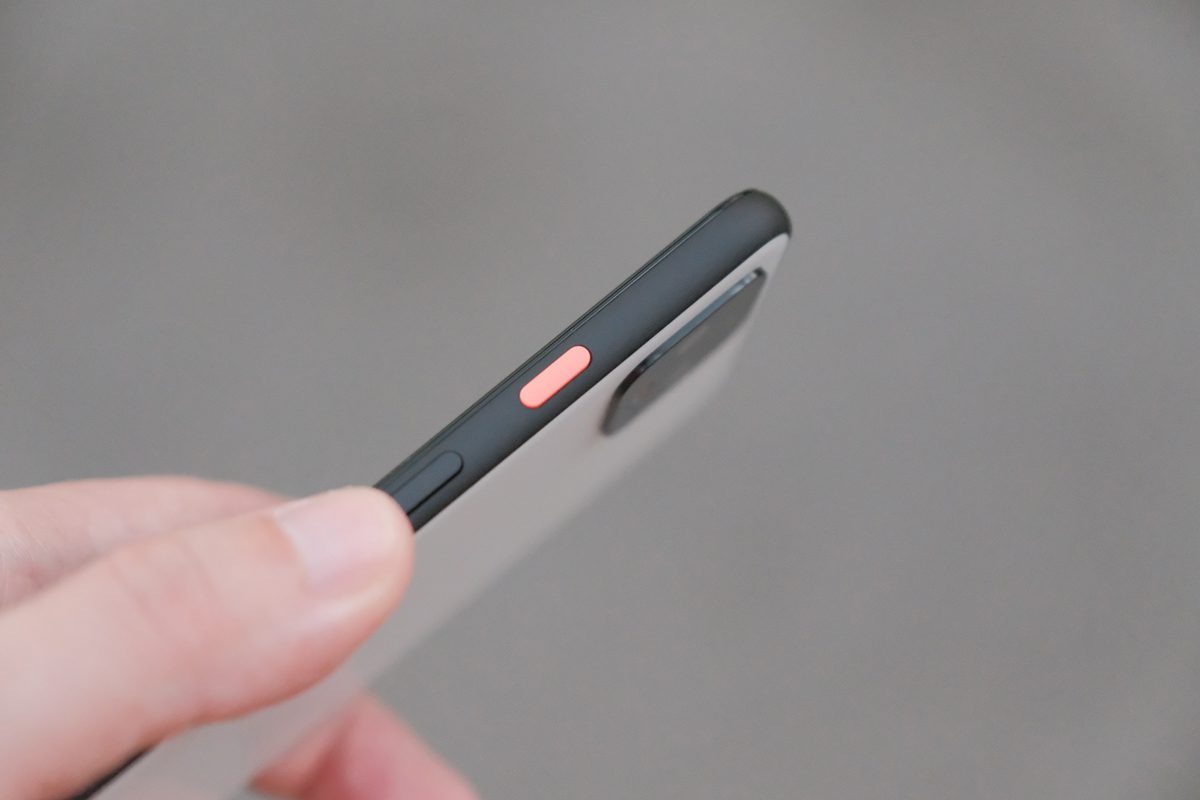
Aiding the grip is an aluminium rim around the phone. It’s even more textured compared to the glass back and has the right level of friction without making the Pixel 4 feel cheap. Overall, at the price the Pixel 4 costs, this is one phone certainly looks and feels premium at all angles.
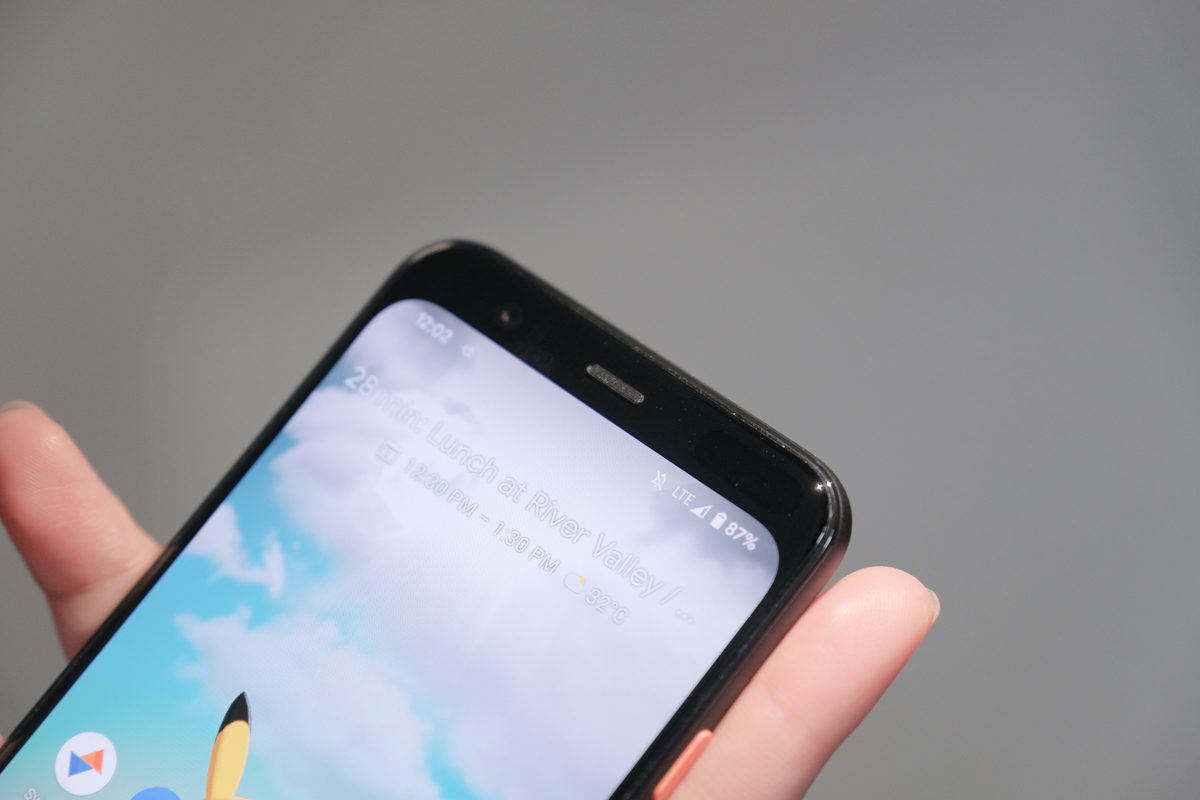
With a large square camera module sticking out at the back, but it’s not an eyesore compared to what we’ve seen in other phone iterations and it looks distinctive enough in the current field of phones.
Looking at the front of the screen itself, we can see that the Pixel 4 has a very large forehead. After days of use, it won’t really matter at all. If users have come to accept the notch, the large forehead is inconsequential. One thing that Pixel users might miss would be the front-facing speakers. They’ve now been moved to the bottom of the phone so that might affect media consumption patterns. The large forehead is not without reason for it contains all of the Pixel 4’s radar, face detection and front-facing cameras. Being the first phone to implement face unlock biometrics, Google has really done their homework with its implementation. Unlocking the phone feels really snappy and is par on course with the Apple iPhone 11 in our tests.
As of this review, there are a few apps which I use daily begging for a biometric update. It took a few days before LastPass updated its app for Pixel 4 users and it does feel that Google really holds their cards really close to its chest when it comes to their hardware updates. We would imagine that not a lot of communication might have went out to app developers prior to launch.
In the meantime, the implementation of the radar on the Pixel 4, dubbed as “MotionSense”, does well to detect a user reaching for the phone. By the time you’ve brought it level to your face, the phone is already unlocked. Overall, it’s smooth and snappy though there might be some areas of concern when it comes to security.
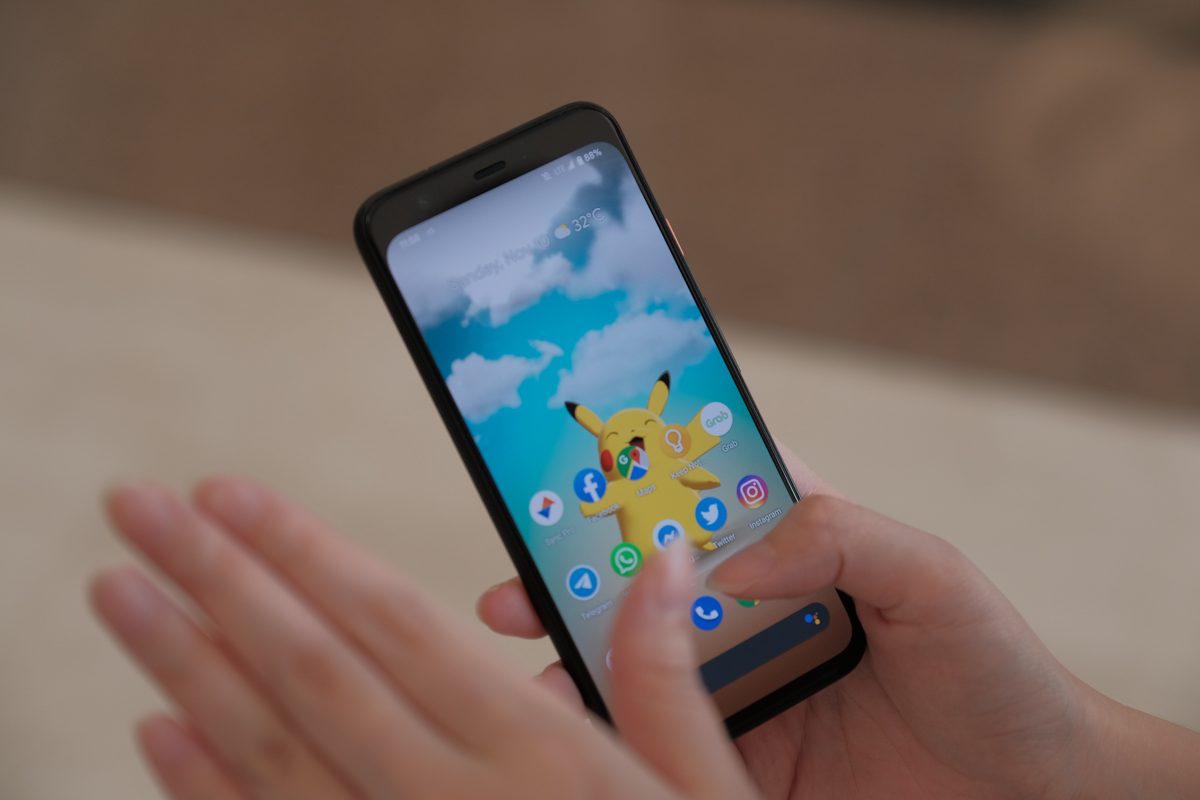
Currently, the Pixel 4 can be unlocked when the device is waved infront of a user’s face even if their eyes are closed. Thankfully, it doesn’t work on images as the system does detect some level of depth before unlocking. Regardless, this issue might be a concern of some but if you have folks who want to access your phone while you’re asleep, there are more pressing issues to resolve in your life.
Once unlocked, the Google Pixel 4’s screen is great. The 90Hz screen really stands out but it does not come without a cost. Under most lighting situations, the Pixel 4 is not as bright as the other phones out there in the market, and the kicker here is that the 90Hz has been discovered to only factor in when the display is over 75% screen brightness, which means you either get a bright and sharper display at the expense of battery life, or have longer use but at a reduced display performance.
What gives?
That aside, a normal use from 7 am which includes surfing the web while commuting, a 20 min Google Recorder live transcription interview plus plenty of event photos and uploads means the phone is running at a charge of just 14% battery by 3 pm. If your use of a phone is anywhere as busy as described above on a day to day basis, you would need to have a powerbank on hand.
On most days, reports of the Pixel 4 not getting as much mileage due to the screen is exaggerated. However, the Pixel 3 (which has been used for a good year now) has been able to survive longer as compared to the new Pixel 4. In some ways, this will be cause for worry.
If you’re looking to upgrade to the Pixel 4 regardless, and if the battery life is a premium, get the 4 XL model instead. You’ll thank us for that.
Having forced the screen at 90Hz saw the battery life sputter out even faster. While the screen might look great, there won’t be much to stare at when the device powers down prematurely. Google is reportedly working on a fix right now to ensure consistent use of 90Hz across a variety of screen brightness levels.
When the screen is nice and bright, Google has really done well in optimising the colours on the phone. Apart from that, it can get dim.
When it comes to photography this is where Google has a lot to lose. After all the Pixel 3 was one of the, if not the best, camera phones in 2018. However, in recent times, this feature is not quite as a strong sell considering the competition out there.

The bottom line now is that you would still be getting one of the best smartphone cameras in the market right now, but there’s nothing spectacular here in terms of performance.
Portrait mode is still as amazing as always.

In lieu of a wide-angle lens for both the front and rear cameras, Google has opted for a 90-degree front-facing camera for the Pixel 4. Compared to the Pixel 3’s 97-degree lens, you’d probably only lose out on squeezing in one more person into the frame.
The biggest feature Google is touting about would be its Super Res Zoom. Looking at the images above it’s amazing to see the amount of detail Google’s computational photography can fill in. On the screen itself, you’d mostly see a blur when the shot is taken, Google then takes a moment to process before the magic appears on the screen. It’s a cool feature definitely but its use is mostly situational.

Zoomed up really close, the tech does really well to clean up the noise and fill in the details.
One thing to note for photography enthusiasts would be that getting a Pixel 4 no longer grants users access to free unlimited photo backups to Google Photos at full resolution. It’s a bummer and little boon for anyone looking to join the Pixel family.
The huge issue to overcome right now after going through all the technical aspects of the phone would be its price. With the Google Pixel 4 being retailed at SGD$1119, it’s pricing itself really close to the Apple iPhone. Though we would really recommend getting the phone at a lower price if possible. Considering that the Pixel is prone to discounts at high frequency, it’s safe to say one might snag the Pixel 4 with a S$200 discount.
When purchased at the discounted price, only then does the Google Pixel 4 make much more sense.
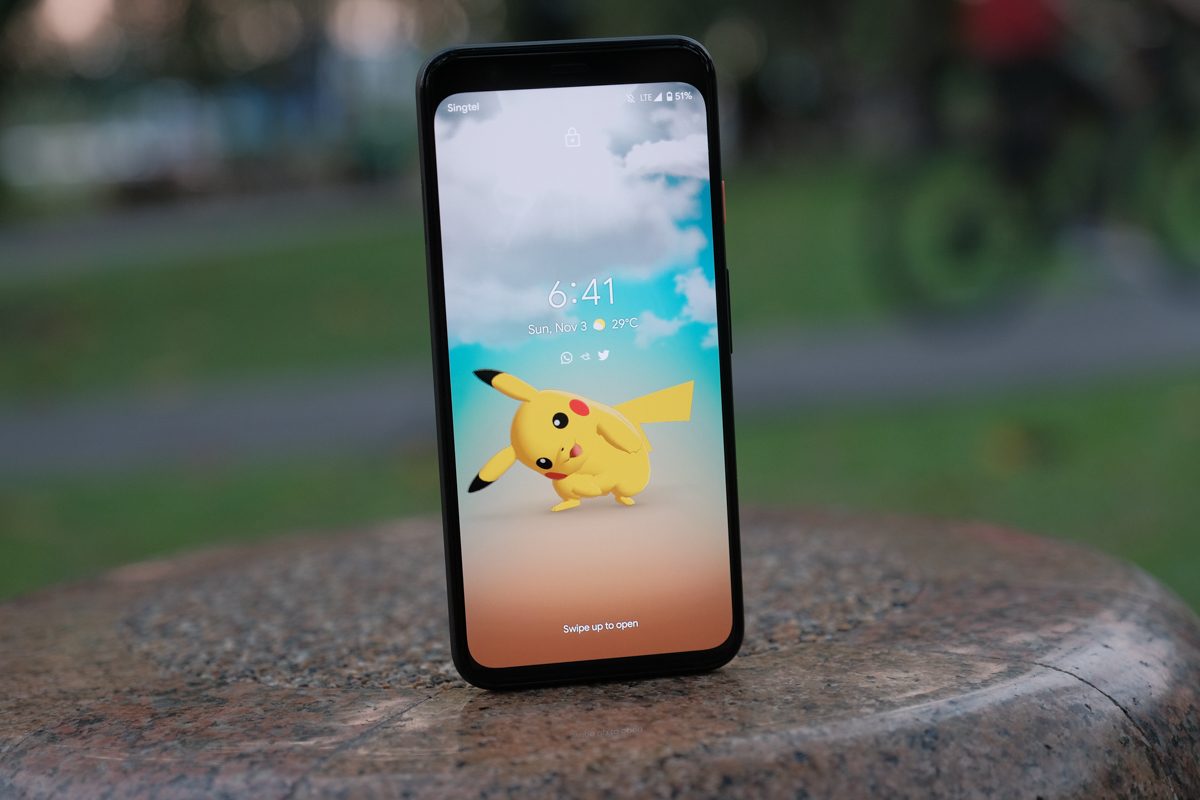
The Pixel 4 remains as a premium device which ticks off all the boxes. But certain design decisions such as the 90Hz screen combined with the smaller battery capacity makes you wonder if Google was even all that serious in making hardware. On the software side, the company is nothing but amazing. Features like live caption, Google Assistant simply grow from update to update. The hardware delivery of getting new users into the Google and Android ecosystem needs major reworking and a big price adjustment.
Premium is but just a word and it’s not something which can be achieved merely by price. It’s something which Google needs to consider much deeper and get their basics right hardware wise for their next phone.
GEEK REVIEW SCORE
Summary
The Google Pixel 4 remains as a good phone but not at its current price. Where possible, get it at a discount. The steeper the better. Or you can get the awesome Pixel 3 or 3a at even better prices now.
Overall
7.7/10-
Aesthetics - 9/10
9/10
-
Build Quality - 8/10
8/10
-
Performance - 7/10
7/10
-
Value - 7/10
7/10
-
Geek Satisfaction - 7.5/10
7.5/10
User Review
( votes)Gerald currently straddles between his love of video games and board gaming. There’s nothing that interests him more than trying out the newest and fanciest gadget in town as well. He dreams of publishing a board game sometime in the future!



